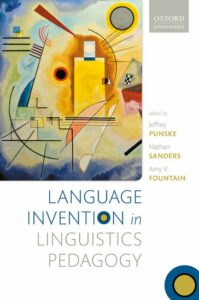Conlangs & Computer Games, part 4: What Does the Fox Say?
Most introductory courses in linguistics involve a type of exercise meant to imitate what’s known as fieldwork: A range of methods for collecting and analysing information about languages you don’t speak yourself. This isn’t because fieldwork is the automatic fate of every linguist, but because these exercises are an effective way to learn about the nature of language. When learning to collect linguistic information this way, you get a sense of what kind of information can be conveyed grammatically, and how.
But as mentioned, not everyone who studies linguistics ends up doing fieldwork. I personally haven’t yet needed to use those methods in a professional context, and since it was a large part of my introduction to the field, I … ↪






